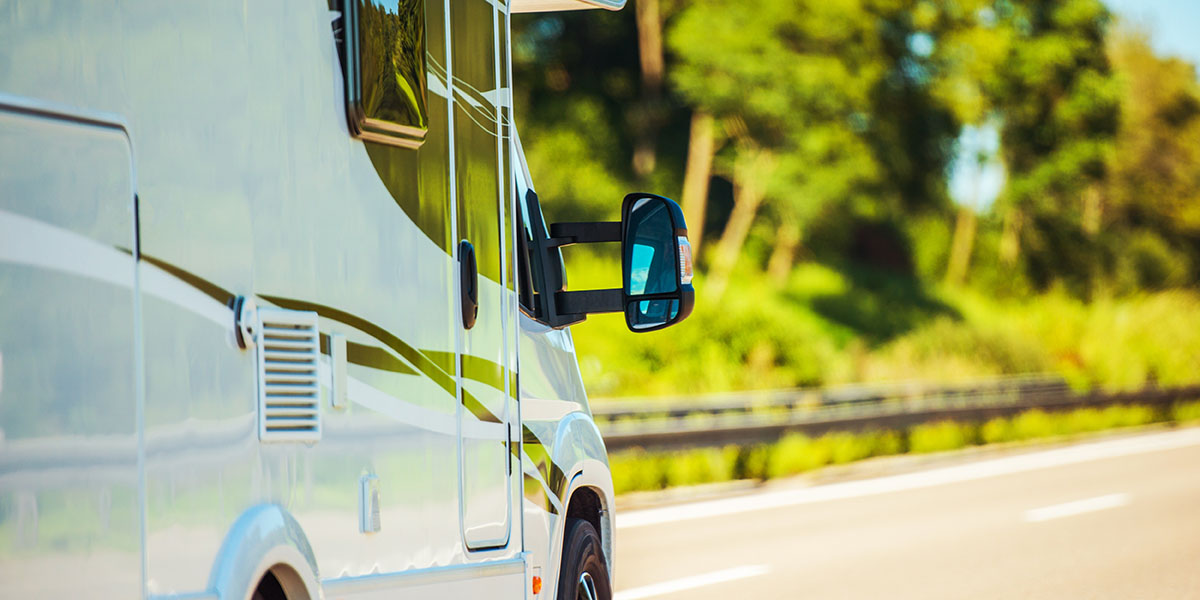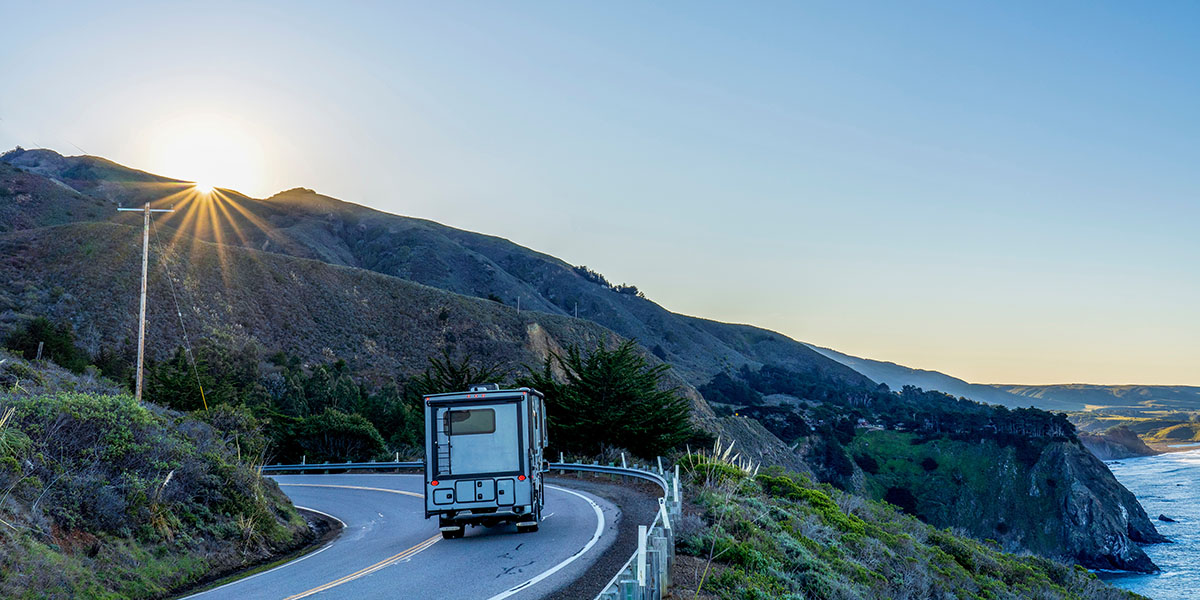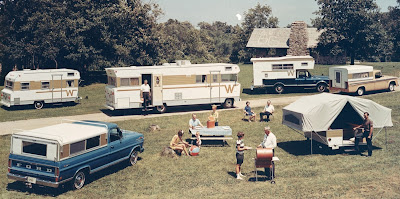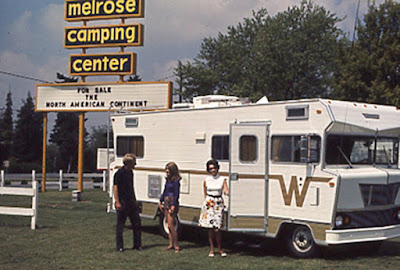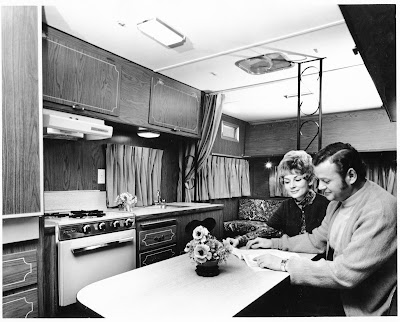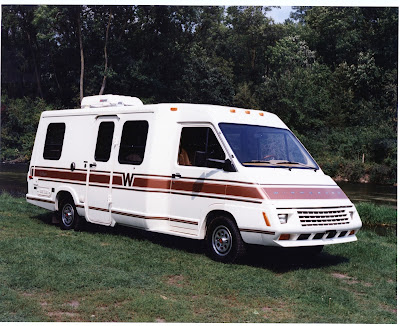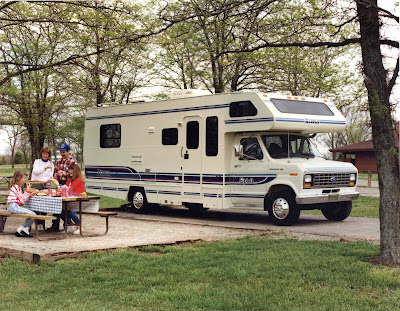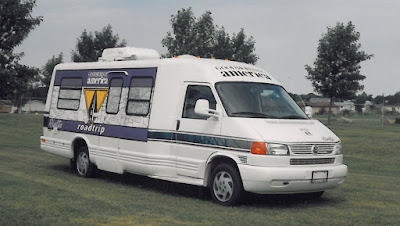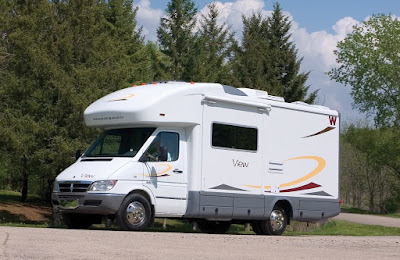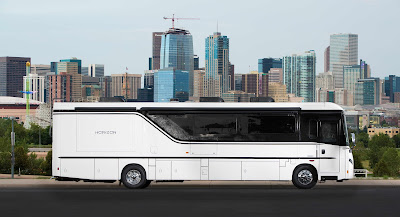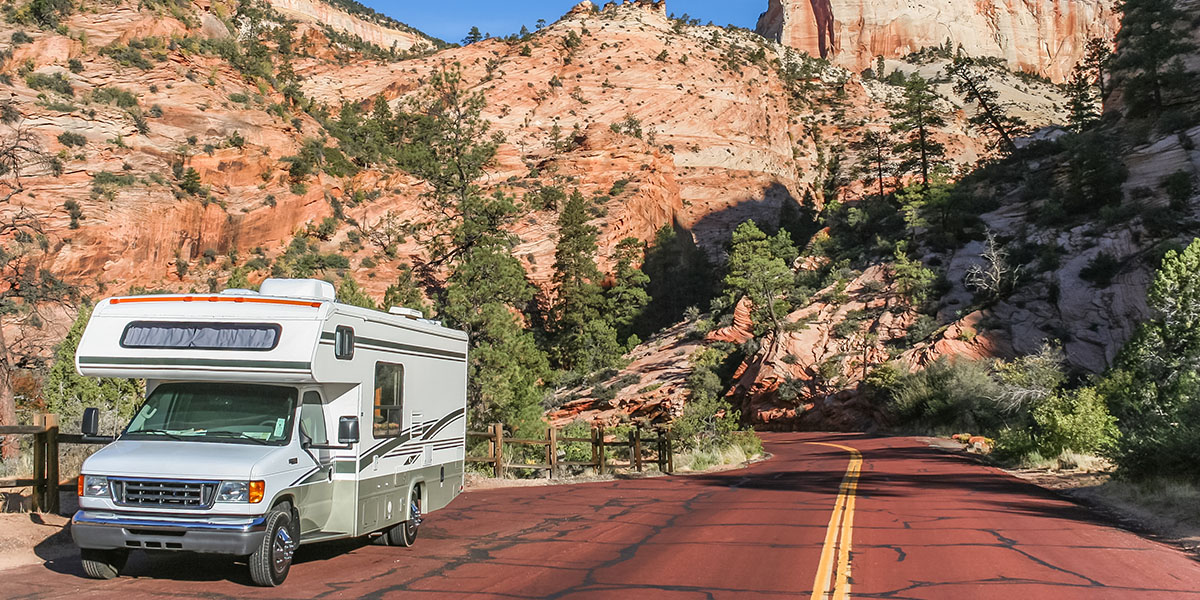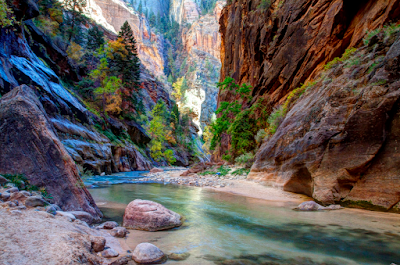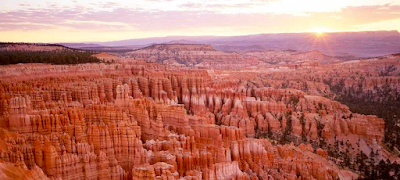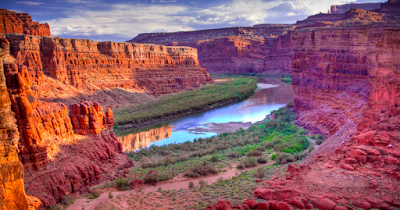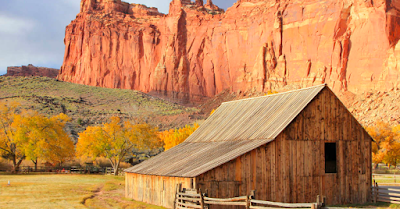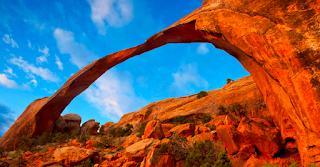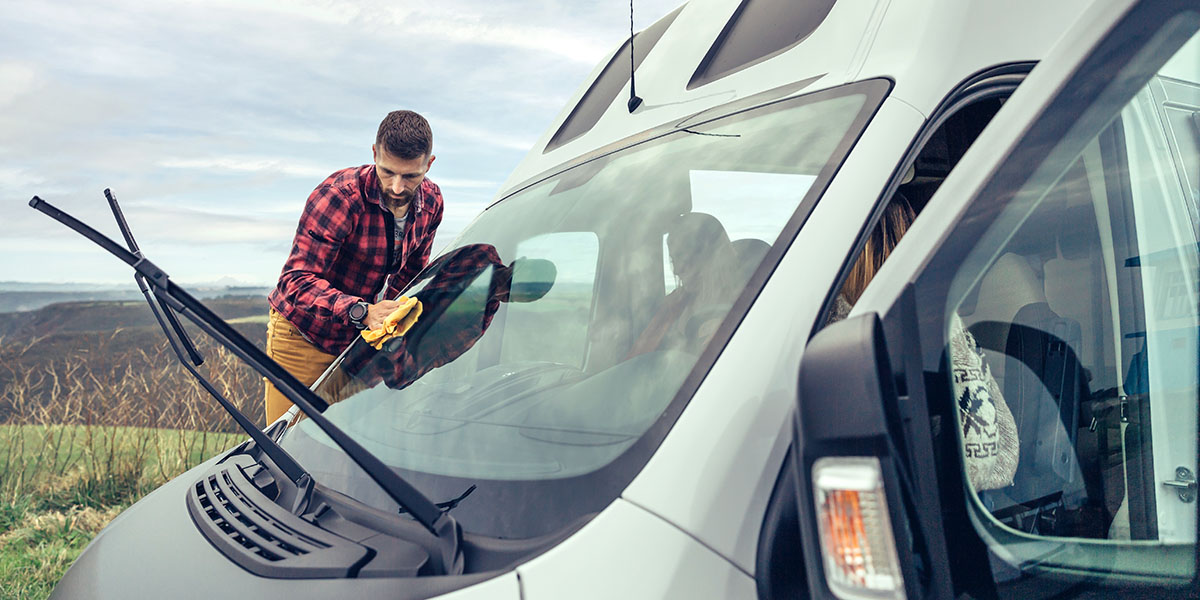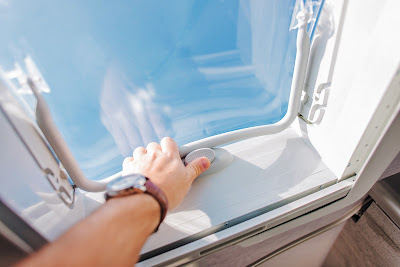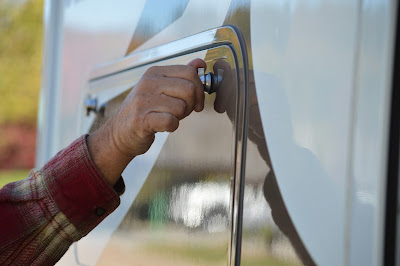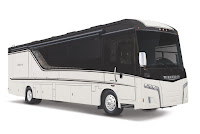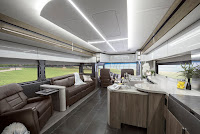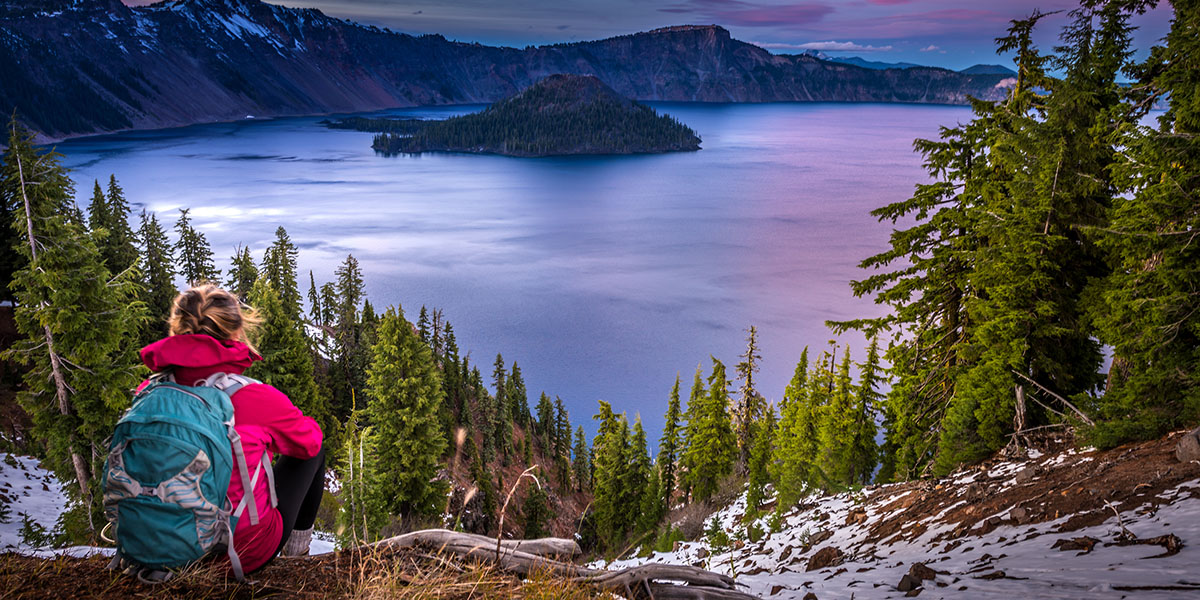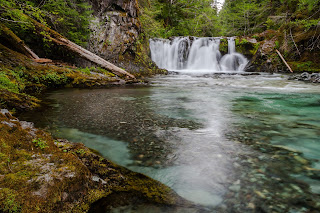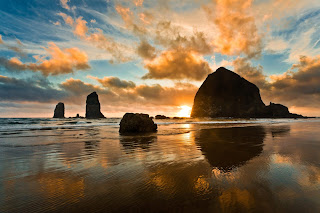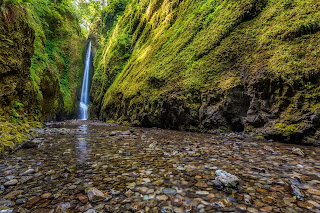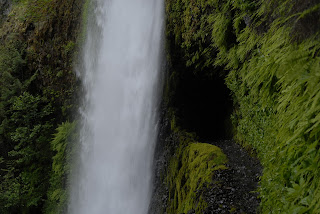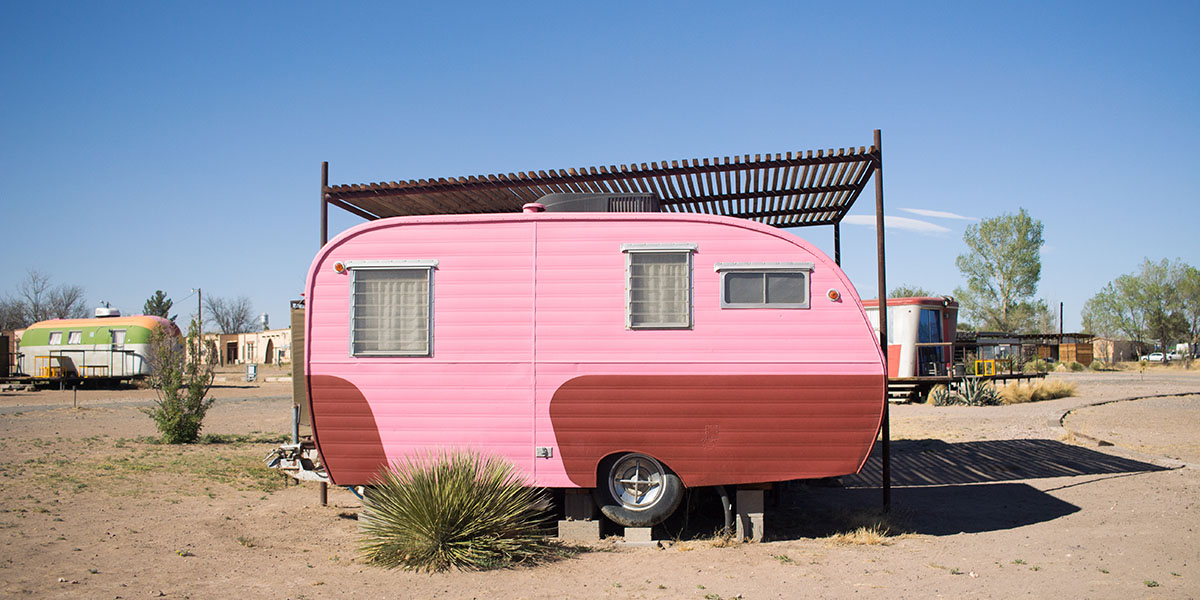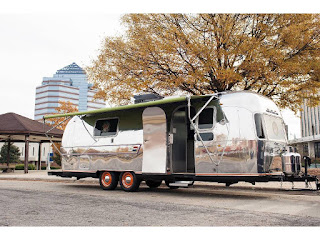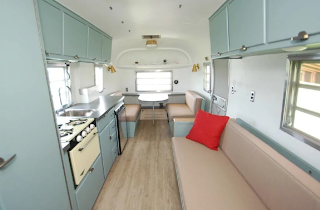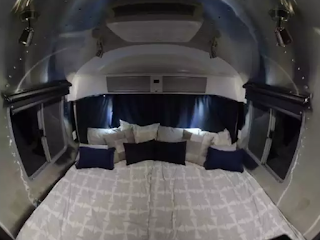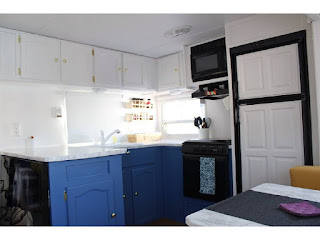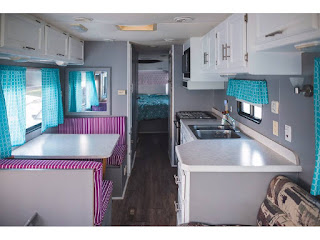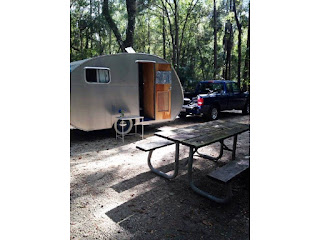The year 1958 brought some high-tech firsts: the first microchip, the first passenger jet to Europe, and the first satellite. It’s fitting that the RV brand known for engineering was born that year too. Called Modernistic Industries for its first three years, the company in Forest City, Iowa soon took a new name: Winnebago. Since producing its first $895 Aljo travel trailer in 1958, Winnebago has shaped America’s RV industry one game-changing model at a time. Here are some highlights:
The 1960s
During a decade of unrest, a young Winnebago forged ahead to make quality, affordable RVs. Owner John K. Hanson adopted an efficient assembly line modeled after Detroit automakers. Company engineers developed a strong, lightweight material called Thermo-Panel, and paired it with a safer SuperStructure® framework, featuring interlocking cab and body.
Winnebago got into motorhomes—including the popular F-19, built on a Ford chassis, the famous D22, built on a Dodge chassis, the classic Brave, and the top-of-the-line Chieftain. The Chieftain made “luxuries” standard, including engine-connected hot water and padded interior walls.
The 1970s
Simon and Garfunkel’s “Bridge over Troubled Water” was an ironic theme for Watergate and an oil embargo. In the economic downturn, Winnebago’s optimistic Hanson said, “You can’t take weekends away from the American public.”
The company produced models that delivered more for the money: Winnie Wagon, an RV that could fit into a garage (like today’s Class B and C vans); the Minnie Winnie, Indian and the Chieftain, a luxury Class A diesel. By the end of the ‘90s, Winnebago served the American traveler with 23 motorhomes.
The 1980s
In a weak economy, voters turned to Reaganomics. But gas prices continued to be top-of-mind with consumers. Winnebago launched fuel-efficient new RVs one after another: In 1982, the Winnebago Warrior and Itasca Spectrum, which doubled the fuel economy of conventional RVs. Then the even-smaller Trekker, a 4X4 SUV on a Toyota chassis that led to the Toyota 4Runner.
In 1983, Winnebago rolled out three maneuverable models with fuel-efficient Renault diesel engines that delivered 22+ miles per gallon: LeSharo and Phasar motorhomes, and Centauri vans. The trio attracted many first-timers to RV ownership.
The 1990s
An end to the Cold War. The World Wide Web. The 1990s dawned with optimism. Micro-mini motorhomes were popular, led by the Winnebago Warrior and Itasca Spirit Micro Mini—both built on Toyota chassis.
On the other end of the spectrum, Winnebago introduced the bus-size Vectra for extended travel, followed by the wide-body Winnebago Minnie Winnie and Itasca Sundancer. In 1995 came two cult classics for opposite market segments: the 21-foot Rialta, a front-wheel drive Class B on a Volkswagen chassis; and the Luxor, an elegant diesel pusher.
In 1996, Winnebago mourned the death of its founder and Chairman of the Board, John K. Hanson, whose legacy of innovation lives on at Winnebago today.
The 2000s
The nation was stunned by 9/11, but business slowly recovered. By 2004, Winnebago was the top-seller in both Class As and Class Cs, and the “most admired RV manufacturer,” according to RVBusiness magazine. The company went on to expand every category with new models:
- The Ultimate Freedom and Ultimate Advantage, two top-of-the-line diesel pushers;
- The Vista and Sunstar, two affordable Class As that remain category leaders.
- The View and Navion, two Class Cs, and the first North American motorhomes built on a Mercedes-Benz Sprinter chassis; and
- The Era, a fuel-efficient Class B van also built on a Mercedes-Benz Sprinter chassis.
Today, Winnebago is still the world’s largest builder of RVs on a Sprinter chassis. Closing out the decade, a market crash tested every industry.
2010 to Now
Winnebago emerged from the Great Recession determined to thrive. In the last eight years, it’s expanded Class A diesel production, and acquired two companies (Sunnybrook RV and Grand Design) to make a big return to towables.
In 2014, the Winnebago Travato rolled out, based on a Dodge Ram ProMaster chassis. Together, the Era and Travato have catapulted Winnebago to the top of the B-van market.
Winnebago enters its seventh decade with the introduction of four revolutionary models for a growing customer base — the rugged 4×4 Class B Revel, the contemporary Horizon diesel pusher, the user-friendly Class A Intent, and the lightweight Minnie Plus fifth wheel.
As the next chapter dawns, RVs are certain to evolve, and based on its track record of 60 years, Winnebago will lead the way with new options for work, travel, live, and play.

